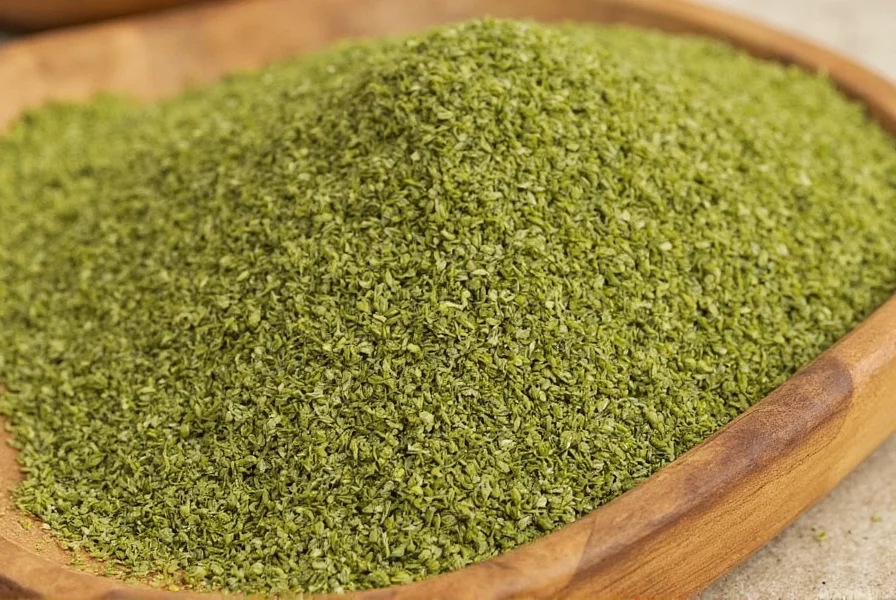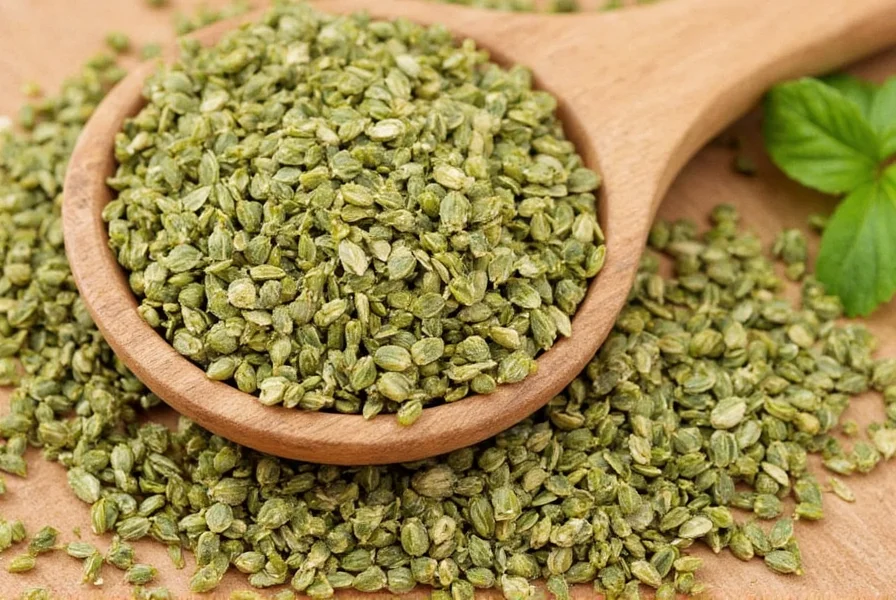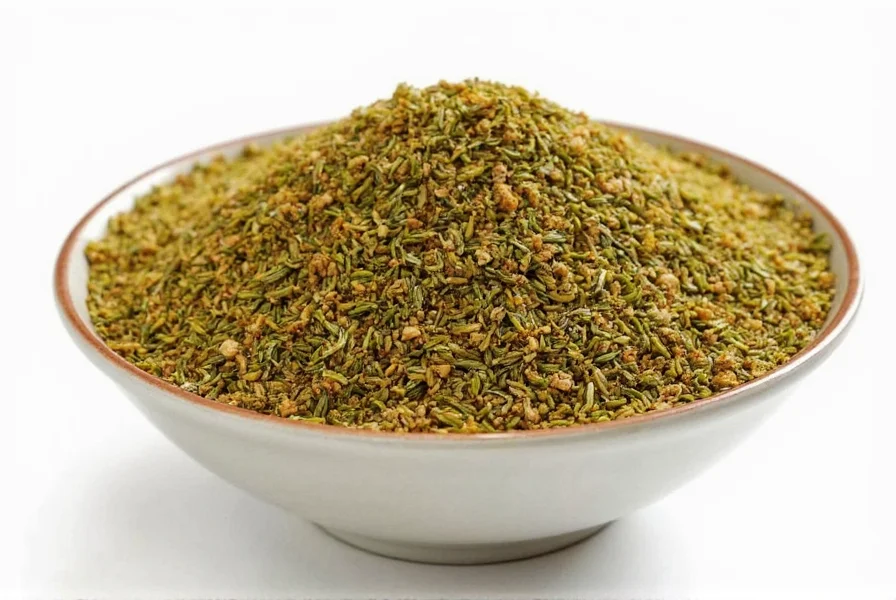Fenugreek leaves, known as kasuri methi when dried, are a staple in Indian and Middle Eastern cooking, prized for their distinctive bitter-sweet aroma and maple-like undertones. When you can't find them, knowing the right fenugreek leaves replacement can make or break your dish. This guide provides practical, tested alternatives that maintain the integrity of your recipes while working with what's available in most kitchens.
Understanding Fenugreek Leaves and Their Unique Flavor Profile
Fenugreek leaves (methi in Hindi) have a complex flavor profile that combines bitter, sweet, and earthy notes with subtle maple-like undertones. Fresh fenugreek leaves have a more pronounced bitterness, while dried versions (kasuri methi) develop deeper, more concentrated flavors. This unique combination makes finding an exact fenugreek leaves replacement challenging but not impossible.
The key to successful substitution lies in understanding which aspect of fenugreek's flavor is most important for your specific recipe. In rich, spiced dishes like butter chicken or palak paneer, the bitterness provides balance. In breads like methi thepla, the distinctive aroma is paramount. Recognizing these nuances helps you select the most appropriate fenugreek leaf substitute for your cooking needs.
Top Fenugreek Leaves Replacement Options
Not all substitutes work equally well across different dishes. Here's a detailed comparison of the most effective alternatives:
| Substitute | Best For | Substitution Ratio | Flavor Notes |
|---|---|---|---|
| Dried fenugreek leaves (kasuri methi) | All cooked dishes | 1 tsp dried = 1 tbsp fresh | Stronger, more concentrated flavor; use slightly less |
| Mustard greens + maple syrup | Curry dishes, dals | 1 cup mustard greens + 1/4 tsp syrup = 1 cup fresh fenugreek | Closest fresh leaf substitute; balances bitterness with sweetness |
| Fenugreek seeds (methi dana) | Tempering, spice blends | 1/4 tsp seeds = 1 tsp leaves | More bitter, nutty flavor; toast first for best results |
| Curry leaves + spinach | South Indian dishes | 10 curry leaves + 1 cup spinach = 1 cup fenugreek | Adds aromatic quality but lacks maple notes |
| Maple syrup + greens | Creamy sauces, mild curries | 1/2 tsp syrup + 1 cup greens = 1 cup fenugreek | Recreates sweet notes but misses earthiness |
Best Fenugreek Leaves Substitutes for Specific Dishes
The ideal fenugreek leaf substitute varies depending on your recipe. Here's how to choose the right replacement for different cooking scenarios:
For Rich Curries and Stews
When making dishes like butter chicken, rogan josh, or palak paneer, dried fenugreek leaves (kasuri methi) remain the gold standard replacement. If unavailable, try a combination of mustard greens with a touch of maple syrup. For every cup of fresh fenugreek leaves required, use one cup of finely chopped mustard greens with 1/4 teaspoon of pure maple syrup. Add this mixture during the final 10 minutes of cooking to preserve the delicate flavors.
Fenugreek Leaves Replacement in Breads and Flatbreads
For methi thepla or other fenugreek-based breads, the closest substitute is dried fenugreek leaves ground with a small amount of water to form a paste. Use 1 teaspoon of dried leaves per tablespoon of fresh required. If making a large batch, you can also try adding 1/4 teaspoon of fenugreek seeds (dry roasted and ground) to your dough for that distinctive aroma without overwhelming bitterness.
Substituting in Fresh Chutneys and Salads
Fresh fenugreek leaves in chutneys present the biggest challenge for substitution since their unique flavor shines without being tempered by cooking. For these applications, a combination of spinach, cilantro, and a tiny pinch of asafoetida (hing) works best. The asafoetida mimics some of fenugreek's savory depth while the spinach provides similar texture.

Common Mistakes to Avoid with Fenugreek Substitutes
Many home cooks make critical errors when attempting fenugreek leaves replacement that compromise their dishes:
- Overcompensating with bitterness - Don't add extra bitter greens thinking it will replicate fenugreek. Start with less and adjust gradually.
- Adding substitutes too early - Most alternatives lose their delicate flavors if cooked too long. Add them during the final 5-10 minutes of cooking.
- Ignoring regional variations - North Indian recipes rely more on fenugreek's bitterness, while South Indian dishes use it more for aroma. Adjust your substitute accordingly.
- Using artificial maple flavoring - This creates an off-putting artificial taste. Stick with natural sweeteners like pure maple syrup in tiny amounts.
Storage Tips for Fenugreek Substitutes
Proper storage extends the usability of your fenugreek leaves replacement options:
Dried fenugreek leaves (kasuri methi) maintain peak flavor for 6-8 months when stored in an airtight container away from light. For fresh substitutes like mustard greens, wrap them in slightly damp paper towels and store in a perforated plastic bag in your refrigerator's crisper drawer. This method keeps them fresh for 4-5 days - significantly longer than storing them loose.
If you frequently need fenugreek leaves replacement options, consider making a small batch of "fenugreek substitute paste" by blending mustard greens with a touch of maple syrup and freezing in ice cube trays. Each cube equals approximately one tablespoon of fresh fenugreek leaves and thaws quickly for immediate use.

When to Skip Substitution Entirely
Some dishes simply won't work without genuine fenugreek leaves. Traditional methi maaz (lamb curry with fenugreek) and certain Bengali preparations rely so heavily on fenugreek's unique profile that substitutes create entirely different dishes. In these cases, it's better to choose a different recipe than to force a substitution that alters the dish's fundamental character.
For authentic Indian cooking experiences, consider ordering dried fenugreek leaves online in bulk. A small container lasts months and costs less than $5, making it a worthwhile investment for anyone serious about Indian cuisine. Properly stored, dried fenugreek leaves maintain quality for up to a year, providing a reliable solution to future fenugreek leaves replacement needs.
Frequently Asked Questions
Can I use fenugreek seeds instead of fenugreek leaves?
Yes, but with caution. Fenugreek seeds have a more intense, bitter flavor than the leaves. Use only 1/4 teaspoon of seeds for every teaspoon of leaves required, and always dry roast them first to mellow the bitterness. This works best in spice blends and tempering, not as a direct replacement in dishes where leaves are the main ingredient.
What's the best fenugreek leaves substitute for creamy curries?
For creamy curries like butter chicken or paneer makhani, the best fenugreek leaves replacement is dried fenugreek leaves (kasuri methi) crushed between your palms and sprinkled in during the final minutes of cooking. If unavailable, use a combination of 1/2 teaspoon pure maple syrup with one cup of baby spinach, added at the very end of cooking to preserve the delicate flavor balance.
How do I adjust recipes when using fenugreek substitutes?
When using fenugreek leaves replacement options, always start with less than the recipe specifies and taste as you go. Most substitutes require 25-50% less quantity than the original ingredient. Add your substitute during the final 5-10 minutes of cooking to prevent flavor degradation. For bitter substitutes like mustard greens, balance with a tiny pinch of sugar if needed, but avoid over-sweetening which masks the dish's complexity.
Can I make my own dried fenugreek leaves at home?
Yes, you can create your own dried fenugreek leaves replacement by spreading fresh leaves in a single layer on a baking sheet and drying them in the lowest oven setting (150°F/65°C) for 2-3 hours until crisp. Alternatively, air-dry them in a well-ventilated area away from direct sunlight for 3-4 days. Once completely dry, crumble the leaves and store in an airtight container. This homemade version works as a 1:1 substitute for store-bought dried fenugreek leaves.
Why does my fenugreek substitute taste too bitter?
Bitterness in fenugreek substitutes usually comes from using too much or adding the substitute too early in the cooking process. Most alternatives become more bitter with prolonged cooking. To fix this, reduce the quantity by 25% next time and add during the final 5 minutes of cooking. For immediate correction, balance with a tiny pinch of sugar or a squeeze of lemon juice, but avoid adding too much as this alters the dish's fundamental flavor profile.











 浙公网安备
33010002000092号
浙公网安备
33010002000092号 浙B2-20120091-4
浙B2-20120091-4